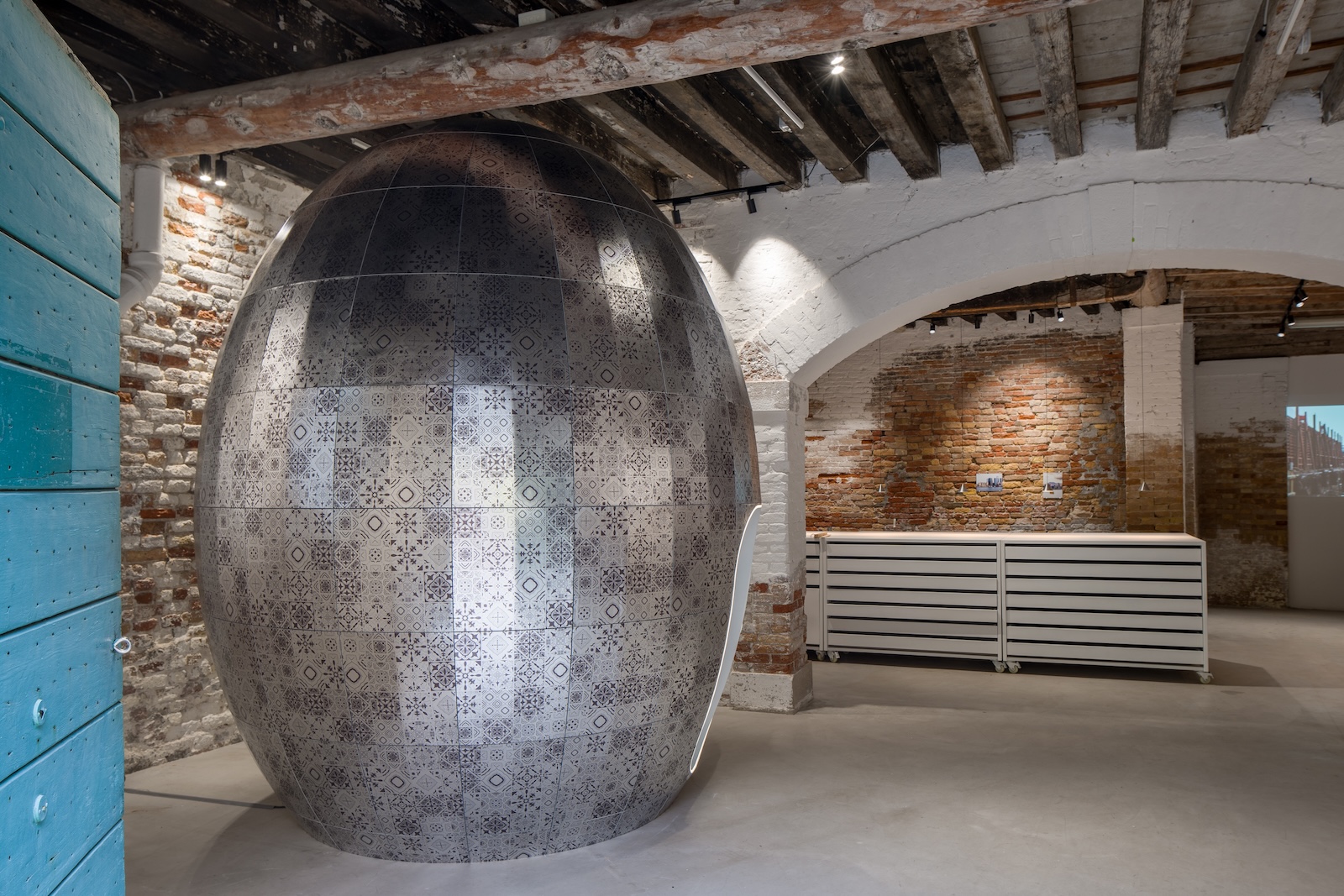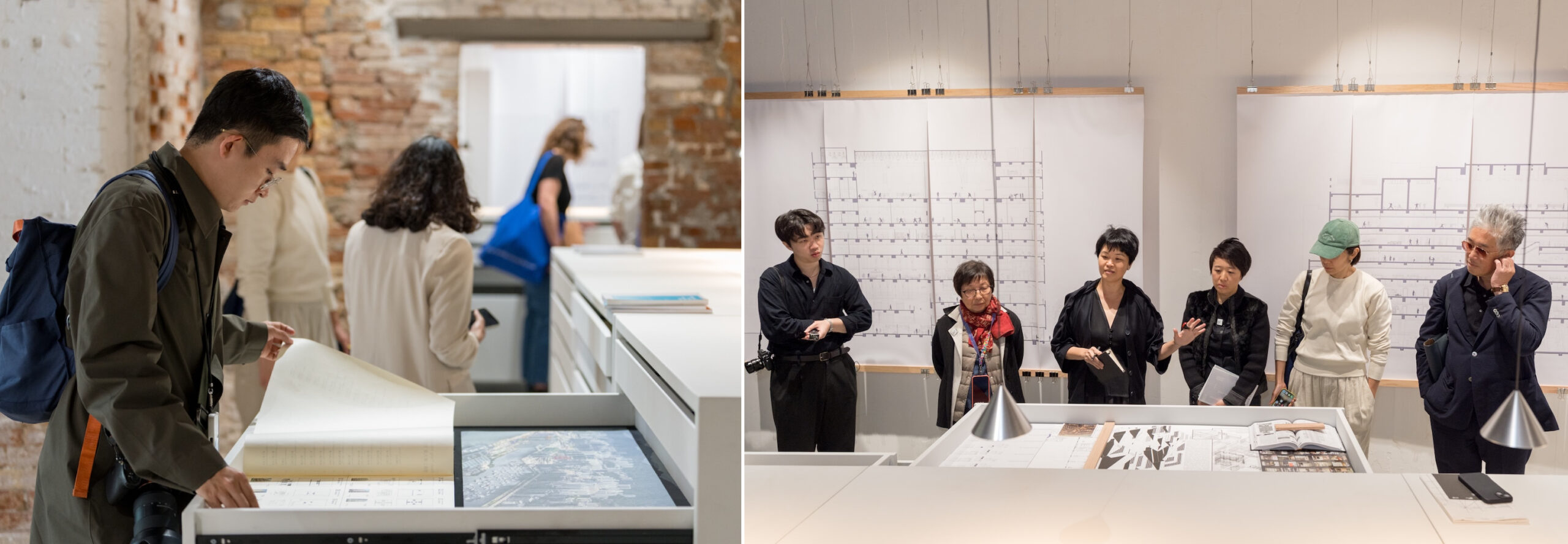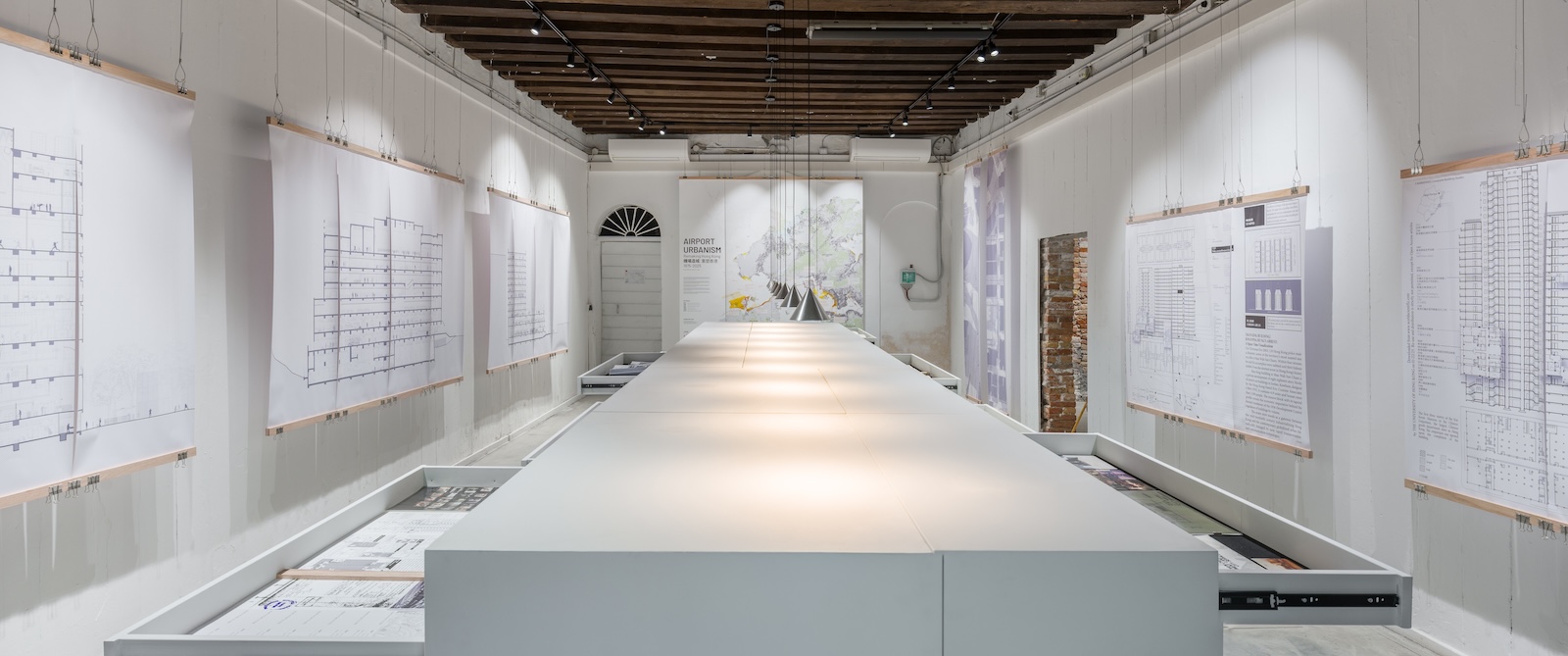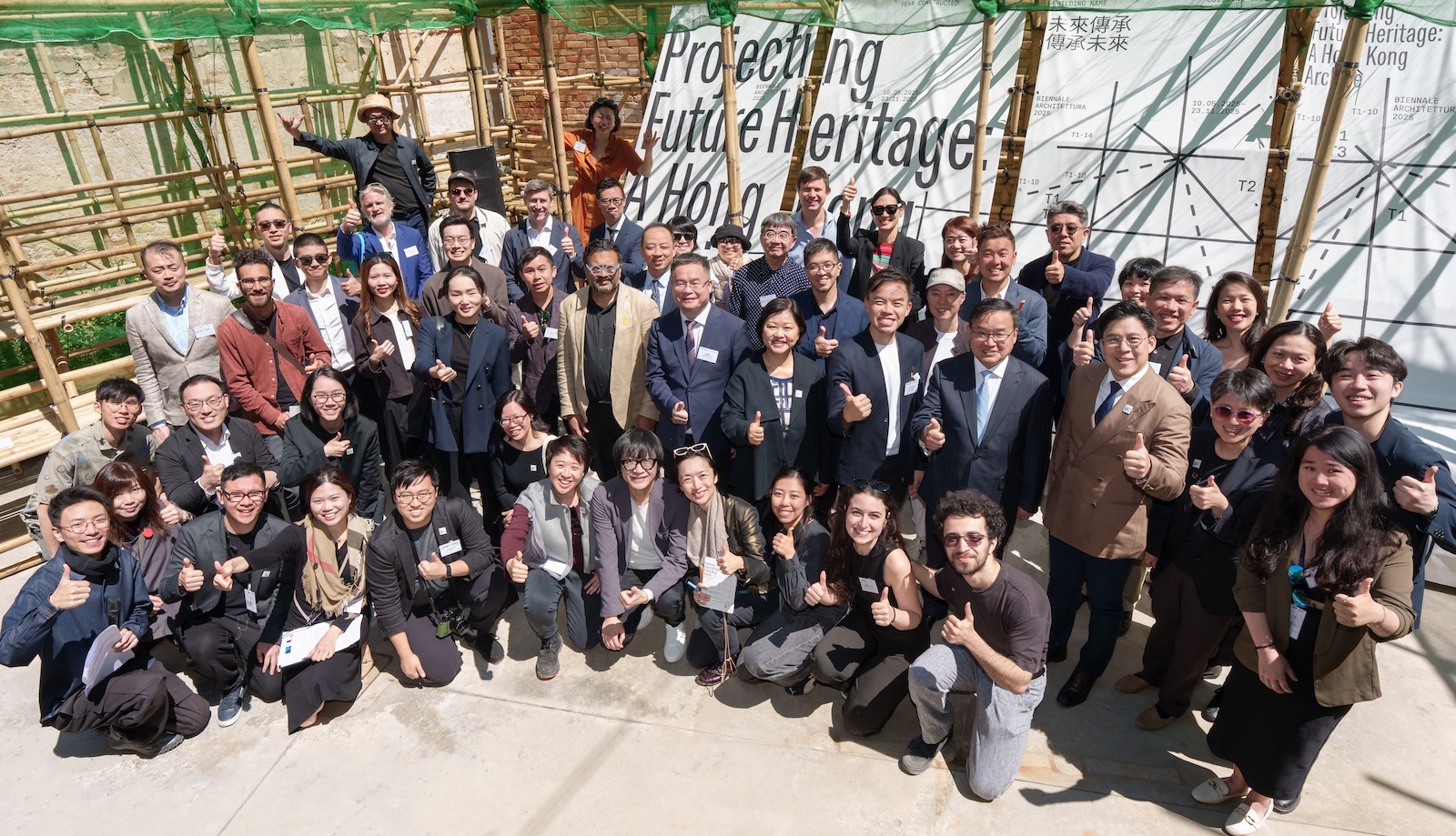
Hong Kong’s unsung heroes take centre stage in Venice
While Hong Kong is globally renowned for its spectacular skyscrapers and modern design, it’s lesser-known architectural achievements – including its clever public infrastructure and community-focused public spaces – are the focus of the city’s contribution to this year’s Venice Biennale design show.
Titled ‘Projecting Future Heritage: A Hong Kong Archive’, Hong Kong’s official exhibition at the Biennale Architettura 2025, showcases 33 selected projects designed by local architects that are little documented, studied, or shared internationally.
The curators highlighted one of the many positive reactions from visitors which read as follows: “This must be the most information-rich exposition of Biennale 2025. Congrats for taking an hour from my life and making it amazing. Hong Kong rules!”
They include composite buildings, estate centres, market complexes, and public housing, many of which are on the brink of redevelopment or already closed, the sole specimens of Hong Kong’s future heritage.
By highlighting the collective “intelligens” of Hong Kong’s public infrastructure, the exhibition’s curators Fai Au, Ying Zhou, and Sunnie S.Y. Lau are responding to the show’s overall theme of ‘Intelligens. Natural. Artificial. Collective’, curated by noted American designer and urban planner Carlo Ratti.
Hong Kong’s exhibition is displayed in two distinct parts of the Campo della Tana in Venice: the outdoor courtyard and the former industrial warehouses. Within the warehouse space, visitors can engage with a range of installations, scaled models, drawings, photographs, diagrams, texts and artefacts, reflecting the future heritage of Hong Kong.

A great example of Hong Kong’s unsung heroes is the Municipal Services Building. Described as the “social condenser extraordinaire”, the archetypal MSB was a brilliant response to the city’s density – with live food courts, municipal services such as libraries, and sporting facilities like basketball and badminton courts, all housed within the one building.
Curator Ying Zhou notes that while Hong Kongers tend to take them for granted, these “vertically stacked, multi-functional civic buildings” are unique to the city and a testament to the vision of the Urban Council which engaged talented young architects of the day to design them.
One of the more striking exhibits is the Memory Eggency, photographed above. Called the Sonic Life of Urban Memory, the installation invites visitors on a sensory journey through Hong Kong’s auditory and visual landscapes.
Curator Sunnie Lau says that while the metallic shell of the installation recalls the modern-day Hong Kong skyscrapers, its patterned surface hints at nostalgic fond memories of the city’s ceramic floor tiles from the colonial era – still replicated today for all kinds of surfaces in the popular ‘cha chaan tang’ where past and future coexist.
Through reconstructed field recordings, archival audio, and superimposed urban imagery, the installation revives the distinct auditory texture of Hong Kong. Projections feature visual mappings of urban spaces—urban villages, construction sites, highly dense streets and public areas—highlighting their unique aspects and creating an immersive world of vision and sound.

The exhibition in the outdoor courtyard area is an homage to the art of bamboo scaffolding, a ubiquitous—though now embattled—part of Hong Kong’s construction history. Teams of bamboo masters, known as shifu, travelled to Venice to erect the bamboo scaffold in the courtyard. The curators noted the cultural significance of bamboo, used to build temporary stands for Chinese opera during the city’s many festivals.
Curator Fai Au says the exhibition has been a big hit with visitors, attracting as many as 5,000 visits a month since the opening in late May. People love it, he says, with many taking a quiet break away from the hustle and bustle of the show in the tranquil courtyard setting, shown below with the Hong Kong exhibition team.

The curators highlighted one of the many positive reactions from visitors which read as follows: “This must be the most information-rich expositions of Biennale 2025. Congrats for taking an hour from my life and making it amazing. Hong Kong rules!”
The Hong Kong exhibition is jointly organised by The Hong Kong Institute of Architects Biennale Foundation (HKIABF) and Hong Kong Arts Development Council (HKADC), with The Hong Kong Institute of Architects (HKIA) as partner. After the Biennale closes on November 23, it will go on the road to several Asian cities before returning to Hong Kong in the fourth quarter of 2026.
For more information, visit: https://2025.vbexhibitions.hk/; https://www.instagram.com/venice.archi.biennale.hk/; or https://www.facebook.com/VABHK/.